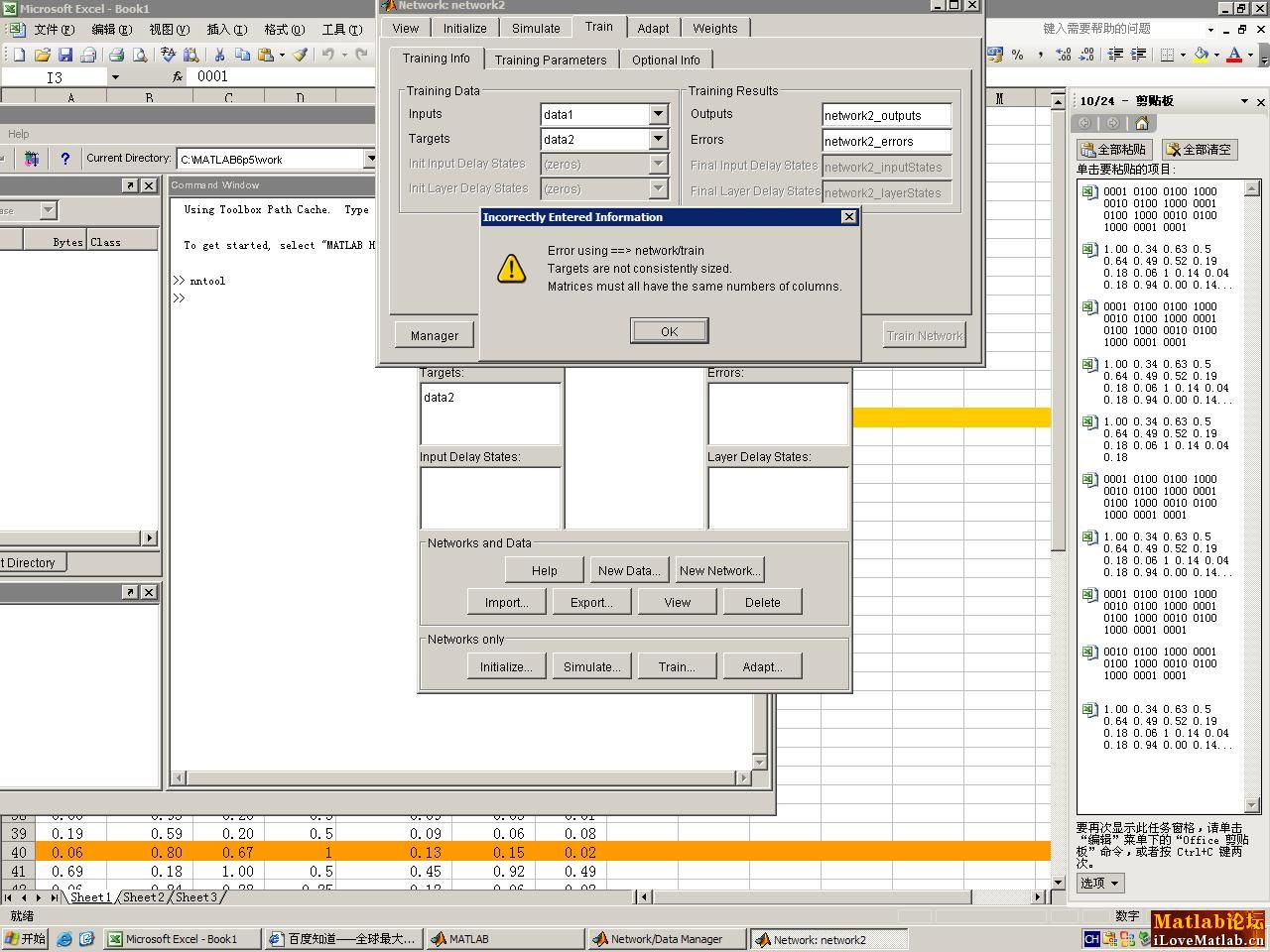2019独角兽企业重金招聘Python工程师标准>>> 
归并排序
简述
归并排序(Merge sort)是建立在归并操作上的一种有效的排序算法。该算法是采用分治法(Divide and Conquer)的一个非常典型的应用。
其对数组进行排序时的基本操作在于两个有序序列进行合并操作。其代码部分在后面给出。
而进行整体数组排序时,可先将n个元素看作n个有序序列,对其两两进行合并,于是结果成为floor(n/2)个有序序列,再将其进行两两合并。直到最终合并成为一个整体有序序列。
后面给出的算法包含两个版本。一个是递归方法,另一个是非递归方法。其中递归方法是分治法的典型应用。
代码实例
#include<iostream>
using namespace std;
void dispList(int raw[], int n){
//打印数组
//from 1 to n not 0 to n
for (int i = 1; i <= n; i++) cout << raw[i] << ' ';
}
void mergeSort(int raw[], int n){
//merge with no recursion非递归方法
int *temp = new int[n + 1]; //由于合并操作的辅助空间需要对等的长度
for (int i = 1; i < n; i = i * 2){//两两归并,直到归并的长度大于序列长度跳出
int right_a, right_b, left_a, left_b; //每次比较[left_a...left_b-1]; [right_a...right_b-1]
int cursor = 1;//记录相对位置,每进行一趟归并将其重新置为1
for (left_a = 1; left_a <= n - i; left_a = right_b){
left_b = right_a = left_a + i;
right_b = right_a + i;
if (right_b>n + 1) right_b = n + 1;//如果甩下一个尾巴不够i长度,那么直接将right_b置n+1;
//如下格式是经典的合并三段while语句
while (left_a < left_b && right_a<right_b)
temp[cursor++] = (raw[left_a]<raw[right_a]) ? (raw[left_a++]) : (raw[right_a++]);
while (left_a < left_b)
temp[cursor++] = raw[left_a++];
while (right_a < right_b)
temp[cursor++] = raw[right_a++];
}
//将辅助空间写入原始序列.
while ((--cursor) != 0)
raw[cursor] = temp[cursor];
}
delete [] temp;
}
//以下给出递归方法,注意体会分治思想。
void merge_joint(int raw[], int temp[], int start, int middle, int end){
//每次meger raw[start...middle-1] and raw[middle...end]
int cursor_l = start, cursor_r = middle;
int cursor = start;
//同样,三段经典while合并语句
while (cursor_l < middle && cursor_r <= end)
temp[cursor++] = (raw[cursor_l] < raw[cursor_r]) ? raw[cursor_l++] : raw[cursor_r++];
while (cursor_l < middle)
temp[cursor++] = raw[cursor_l++];
while (cursor_r <= end)
temp[cursor++] = raw[cursor_r++];
while ((--cursor) >= start)
raw[cursor] = temp[cursor];//合并好后写入原始序列
}
void merge_R(int raw[], int temp[], int n, int start, int end){
if (start == end) return;
else{
int mid = (start + end) / 2;
//先合并左面,再合并右边,最后合并整体
merge_R(raw, temp, n, start, mid);
merge_R(raw, temp, n, mid + 1, end);
merge_joint(raw, temp, start, mid + 1, end);
}
}
void mergeSortRe(int raw[], int n){
//最后调用归并排序
int *temp = new int[n + 1];
merge_R(raw, temp, n, 1, n);//需要传入辅助空间
delete [] temp;
}
void main(){
int a[9] = { 0, 3, 4, 8, 6, 7, 23, 21, 18 };
mergeSortRe(a, 8);
dispList(a, 8);
}复杂度分析
一趟归并调用对长度为 2h-1 子序列的两两合并操作。其次数约为 n/(2h), 一直到最后,需要进行的排序趟数为: 结合两种操作,最后其时间复杂度为O(nlogn).
由于合并操作需要等长辅助空间,所以空间复杂度为O(n)
总结
复杂度为O(nlogn)
需要等长辅助空间
相比于快排和堆排序,它是一种稳定排序
归并排序在实际应用中较少作为内部排序。递归方式调用实用性差。



